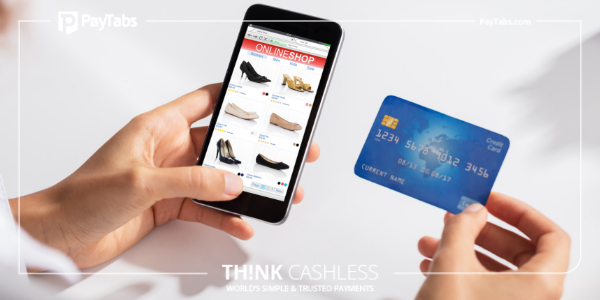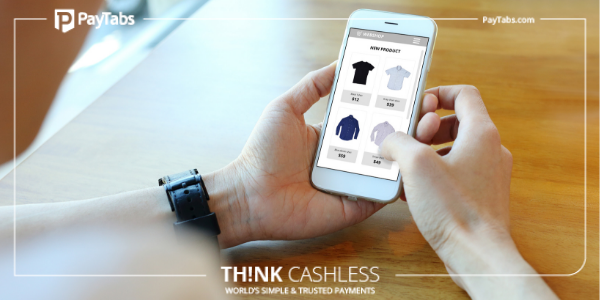5 Common Mistakes in Online Payment Systems That Can Kill Your Conversion

Many online merchants lose significant revenues because of online payment mistakes. It is high time that these e-commerce mistakes are rectified, or else e-stores will keep facing repeated incidents of abandoned carts and incomplete purchases by customers. Some of the oft-ignored e-commerce mistakes committed by online merchants are:
- Redirection can be counterproductive: Some merchants get it completely wrong when it comes to the gateway for online payment. They redirect the customers to an external payment website with payment gateway charges and a different company logo. This is a big put off for many customers, who might abandon the transactions as they have security concerns about the new portal or might not be willing to pay additional charges. It is always best to have a single website where a customer can smoothly navigate through till the end of the transaction and the checkout process. This would result in higher chances of the purchase transaction being completed and reduce the loss of customers to competition.
- Mandating account creation: This might work counterproductively, especially in the case of first-time customers or customers who intend to purchase a small quantity of products. Creating an account involves time and prolongs the entire purchase process. This could result in customer frustration and even possible withdrawal by the customer before completion of the transaction. It is advisable to provide the option of buying as a guest user. Post the purchase, one can subtly encourage the customers to create an account through offers of promotional discounts or price benefits by email or SMS. Customers prefer shopping on e-commerce sites where they can exercise their choice.
- Expecting excess information: The transition to the payment gateway should be smooth for the customer to make the online payment and be able to close the transaction with minimum lag time. Asking for additional information with extra fields would delay the buying process. It may also increase chances of error while filling out the form, causing unnecessary frustration and might result in abandonment of the transaction. A good user experience on the e-commerce website can result in higher sales conversions and higher probability of return customers. It is prudent to have auto-fill options for forms that only ask for information relevant to successful payment, namely card number, name of the cardholder, expiry date and CVV. In the case of a website with a multi-step checkout process, it is recommended to have a progress indicator so that the customer is aware of the remaining steps before the transaction is completed.
- Assurance on security: This is critical in every digital transaction. With growing incidents of data breach and leak of confidential information, every customer would like to be reassured on the safety aspect of the online purchase. Thus, it is imperative to have secure online payment systems wherein the customers’ card data remains secure. It would be useful to indicate that the website follows the regulatory framework prescribed for data security and encryption standards. This includes security badges, the merchant logo prominently displayed on every webpage, SSL certification and PCI compliant payment gateway.
- Absence of customer support: Many times, the customer is unable to proceed with the payment or faces a problem completing the online payment. In such instances, it can be extremely frustrating for the customer if he can obtain no assistance or response on the toll-free number. Immediate support with 24*7 availability should readily address the customer issues and resolve the problem. Provision of timely help to the customer works as a strong customer retention strategy.
Don’t shoot yourself in the foot and kill conversion with these e-commerce mistakes. Following the above mentioned measures to correct them would result in better user experience for the online customer and higher sales conversion for the e-commerce merchant, truly a win-win situation for both.




